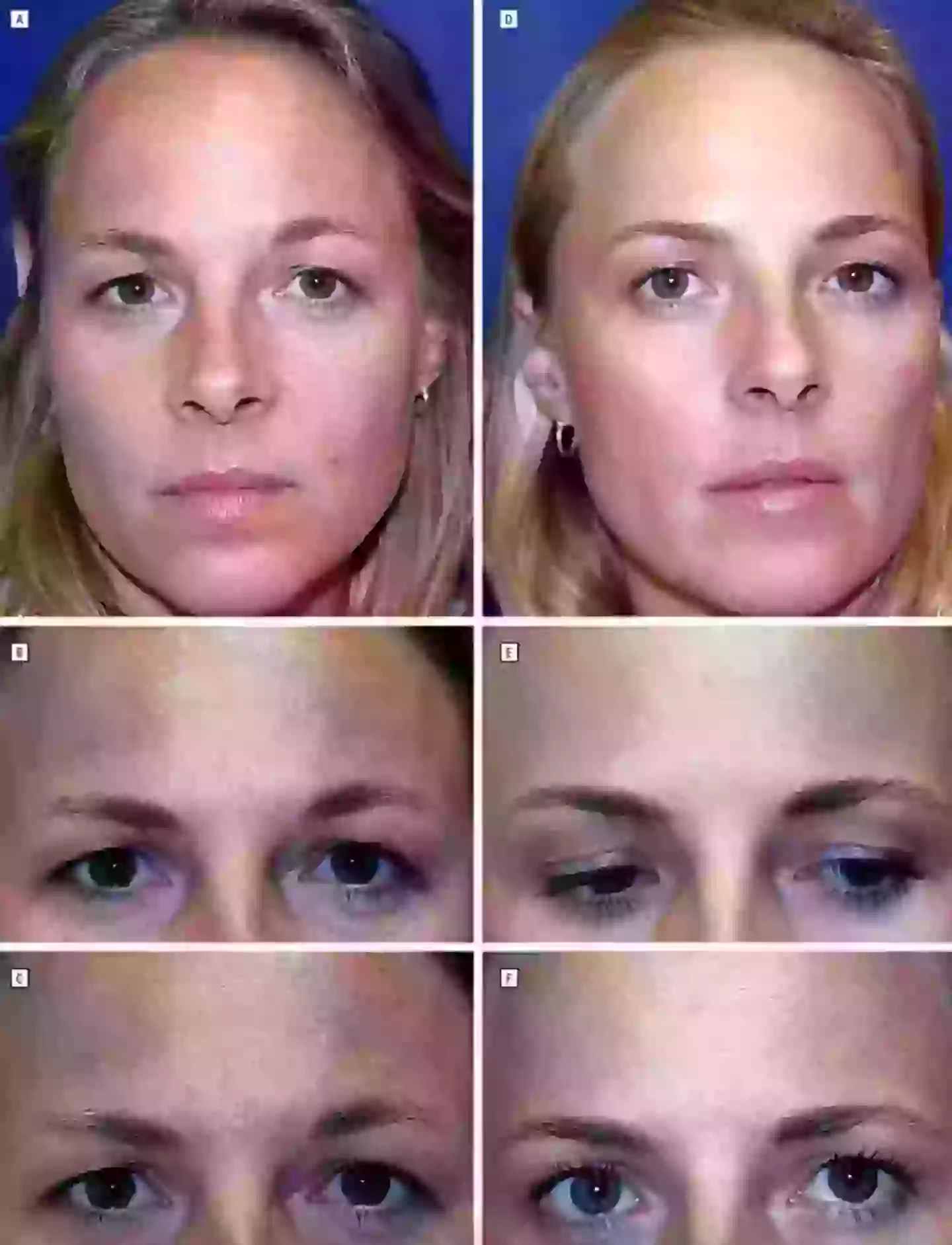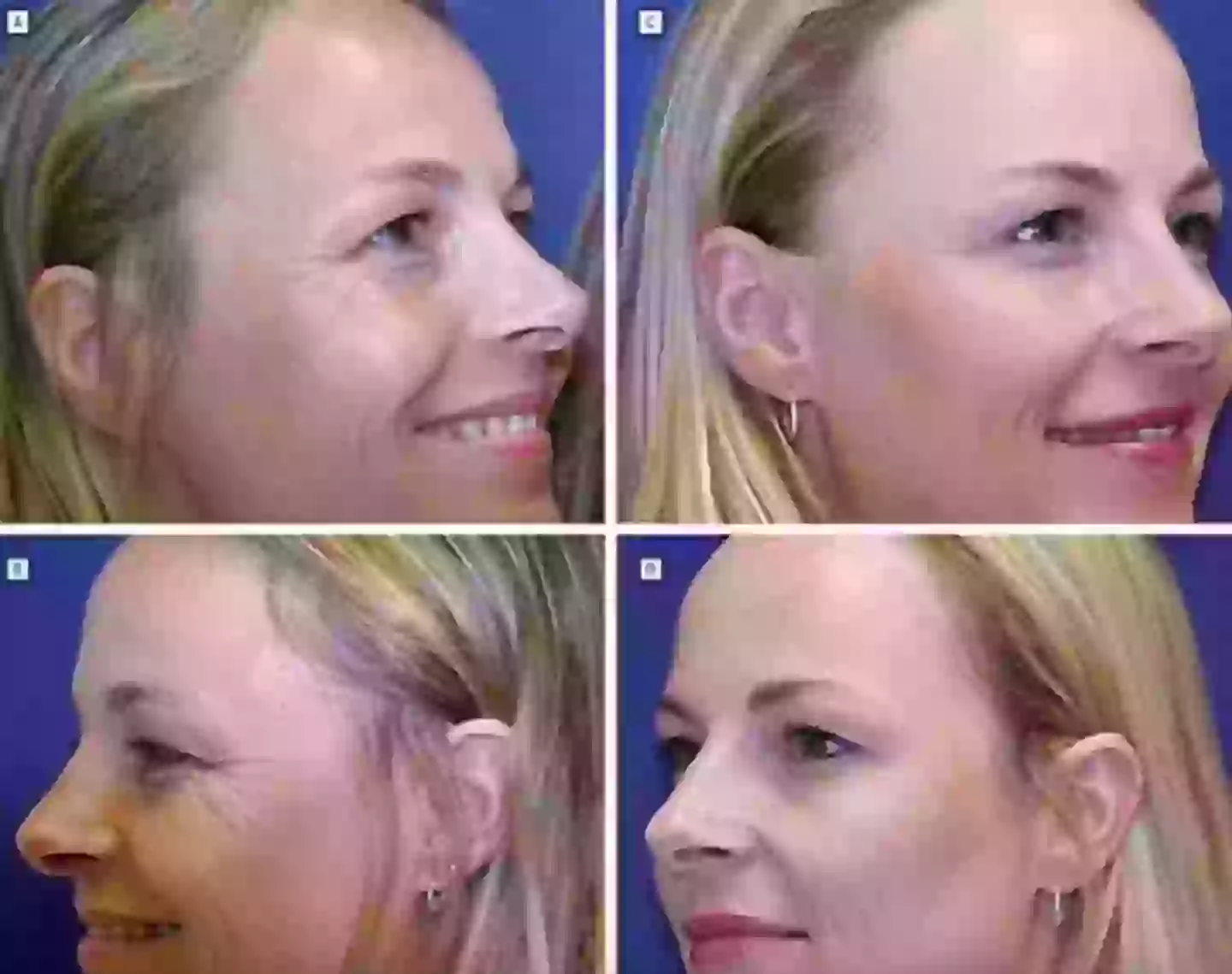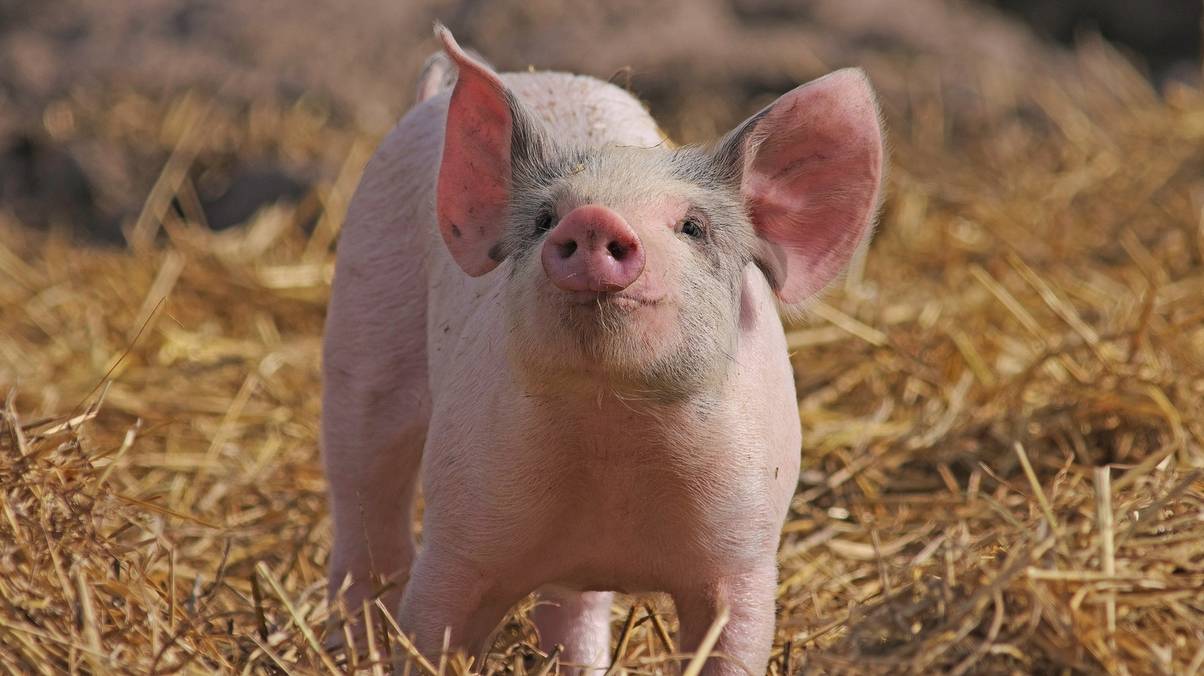Identical Twins Expose Shocking, Unexpected Consequences of Long-Term Botox Use—You Won’t Believe the Outcome!
Ever wonder what 20 years of Botox might do to a face genetically designed to be identical—but split down two very different life paths? Well, identical twins stepped up to the plate in a scientific study that’s part “Beauty and the Beast,” part “A Tale of Two Cities.” One twin embraced Botox injections starting at 25, clocking in two to three treatments a year, while her sister gave the needle a hard pass. And get this—the Botox baby faced L.A.’s notorious sun and glare, while her non-Botox sibling basked in Munich’s milder climes. The results? Smoother skin and fewer wrinkles for the Botox enthusiast, and a—surprise!—wider jaw for the other, though the exact Botox impact isn’t cut and dry. It’s like a real-life “mirror, mirror” with a twist—proving that even with the same DNA, the fountain of youth might be hiding in a syringe… or maybe in the Bavarian air. Curious about what science uncovered—along with some cautionary notes from a cosmetic surgeon? LEARN MORE
Identical twins showed how much difference 20 years of Botox can have on the same face compared to going without it as one of them got the treatment for two decades and the other didn’t.
They participated in a scientific study with one twin getting between two and three injections a year from the age of 25 onwards, while the other stayed away from Botox.
Botox, or botulinum toxin to give it the medical name, can be used to treat muscle stiffness, migraines and a few other ailments beyond the cosmetic application of keeping wrinkles and facial lines at bay.
The identical twins didn’t lead identical lives, as the one not taking Botox lived in Munich, Germany, while the one on Botox lived in Los Angeles where she was exposed to more UV, which has its own impact on your skin.
According to the study, the twin with Botox had smoother skin and fewer wrinkles while the one without ended up with a wider jaw, though how much of this could be put down to Botox was not determined.

The twins underwent a lot of changes over the 20 years (American Medical Association)
The study concluded: “Long-term treatment with Botox can prevent the development of imprinted facial lines that are visible at rest. Botox treatment can also reduce crow’s feet.
“Treatment is well tolerated, with no adverse events reported during 13 years of regular treatment in this study.”
Speaking on the long-term impact of Botox, cosmetic surgeon Dr James Zins explained that the injections only lasted for about four months each, which would explain why one twin needed new injections about three times a year.
He added that this meant adverse effects would be temporary as well, but if you kept using it over time, there would be some results.
Dr Zins warned that long-term Botox use can weaken your muscles as the toxin blocks communication between your nerves and muscle tissue, and if muscles aren’t used they weaken and wither away, which can ultimately lead to ‘weakening or paralysis of that muscle’.

The twin on the right took regular injections of Botox (American Medical Association)
Your muscles might even ‘forget’ how to frown over time according to the expert, so taking a break and returning to use of the muscles so they can move again might be a good idea.
Of course, you can fight the ravages of time and the aging process as much as you like, but time remains undefeated in all contests.
The expert explained that as you get older the less impact Botox treatments are going to have on you, so it really is a case of diminishing returns.
The cosmetic surgeon said: “When frown lines are present at rest, usually around age 60 or so, then botox is not going to be as effective as it is when you’re younger and your frown lines are present only with motion.”
You can run on for a long time, but sooner or later that ticking clock will get you.















Post Comment